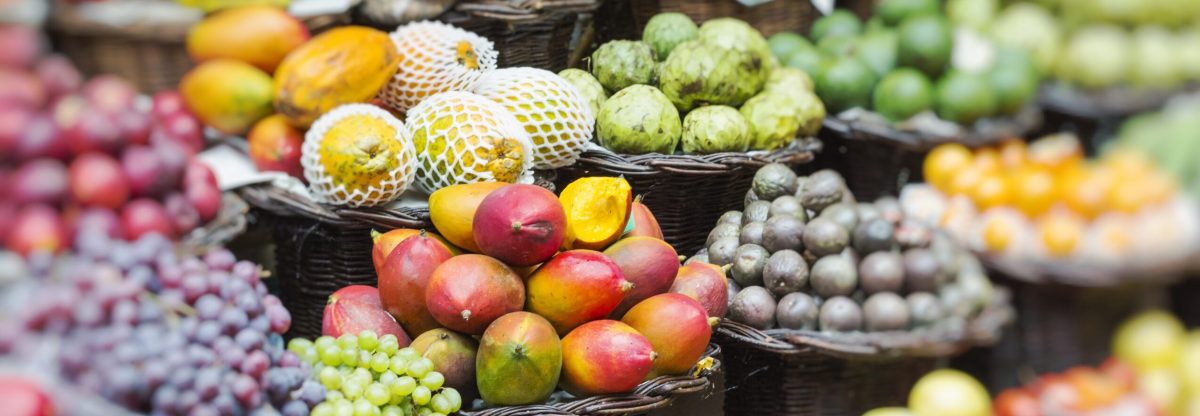Scientists from Plant & Food Research are running trials in Hawke’s Bay to gain a better understanding of how key vegetable crops respond when being grown in silt affected areas.
Flooding during Cyclone Gabrielle resulted in several million cubic metres of silt being dumped on orchards, farms, roads, and properties. These extensive layers of silt, or alluvium, have adversely affected soil conditions, posing challenges to cultivation. In Hawke’s Bay, some vegetable growers have retired plots of land while they weigh up the viability of resuming farming in these areas.
The Promoting Crop Resilience in Silt-Affected Landscapes project got underway in October 2023 and is designed to help address these challenges faced by growers and industry. The work is being funded by Plant & Food Research, with the first stage of the project expected to be completed by June.
“Cyclone Gabrielle has had a significant impact on horticulture, arable, and vegetable crop farmers in affected areas, resulting in extensive damage to cropping lands and significant financial losses,” says project leader, crop eco-physiologist, Dr Eduardo Dias de Oliveira.
The research is being conducted on a commercial farm in Hawke’s Bay that was impacted by alluvium in the 2023 cyclone event. One hectare of land with varying silt depths has been planted in four different vegetable crops — carrot (small seeds), peas (medium seeds), maize (large seeds), and transplanted broccoli. These crops are economically significant in the region and have diverse seed sizes and root structures.
“Silt has no defined structure, and we know very little about the dynamics of water and nutrients in the silt. Also, despite varying texture, silt is usually extremely fine, and that may reduce soil oxygen, and reduce root ability to grow and reach the original soil below the silt. That’s why we are doing this work, to understand how varying silt depths affect the performance of these crops.”
The trial site is being regularly monitored to evaluate growth and yield and test the interactions of plant roots with the silt. Alongside this work, trials are also being undertaken in a greenhouse at Plant & Food Research’s Hawke’s Bay research centre, using different ratios of alluvium-to-soil to better understand how crops perform in these different conditions.
“Our initial findings indicate that small-seed crops may struggle to establish in the silt as their roots may have less vigorous growth early on. This may reduce their ability to explore the silt, absorb nutrients in the silt or reach the original fertile soil beneath,” says Dr Dias de Oliveira.
Moving forward, the research project will aim at understanding different management practices could enhance the resilience of the farms. Some of the questions Dr Dias de Oliveira says he hopes to answer through the project include:
- Should silt be stripped offf immediately?
- Can crops grow into silt? Can the silt be incorporated into the original soil?
- What is the optimal depth for silt incorporation? And (depending on the chosen practice)
- What is the timeline for full farm recovery?
“These questions will guide our investigation into enhancing the overall performance and adaptability of these crops.”
The ultimate goal is to develop industry-specific resources that not only aid decision-making and facilitate a swift recovery from the aftermath of Cyclone Gabrielle but also contribute to future recovery efforts in the face of similar events.
This approach involves providing insights and strategies for the industry, ensuring resilience and adaptability to unforeseen challenges in the future. Some of these strategies could include improved landscape design, approved selection of crops, and management practices that improve soil health.
“The past 12 months have been exceptionally challenging for affected growers, but we’ve witnessed the industry coming together in response to the cyclone, and this project is just a small contribution to supporting the ongoing recovery efforts.”
The Promoting Crop Resilience in Silt-Affected Landscapes project is one of several research initiatives that Plant & Food Research has been involved in over the last 12 months, as part of the organisation’s ongoing efforts to support the horticultural sector’s recovery from Cyclone Gabrielle. Plant & Food Research’s cyclone response team has involved over 50 research and support staff across 13 different science teams.
Source: Plant & Food Research












